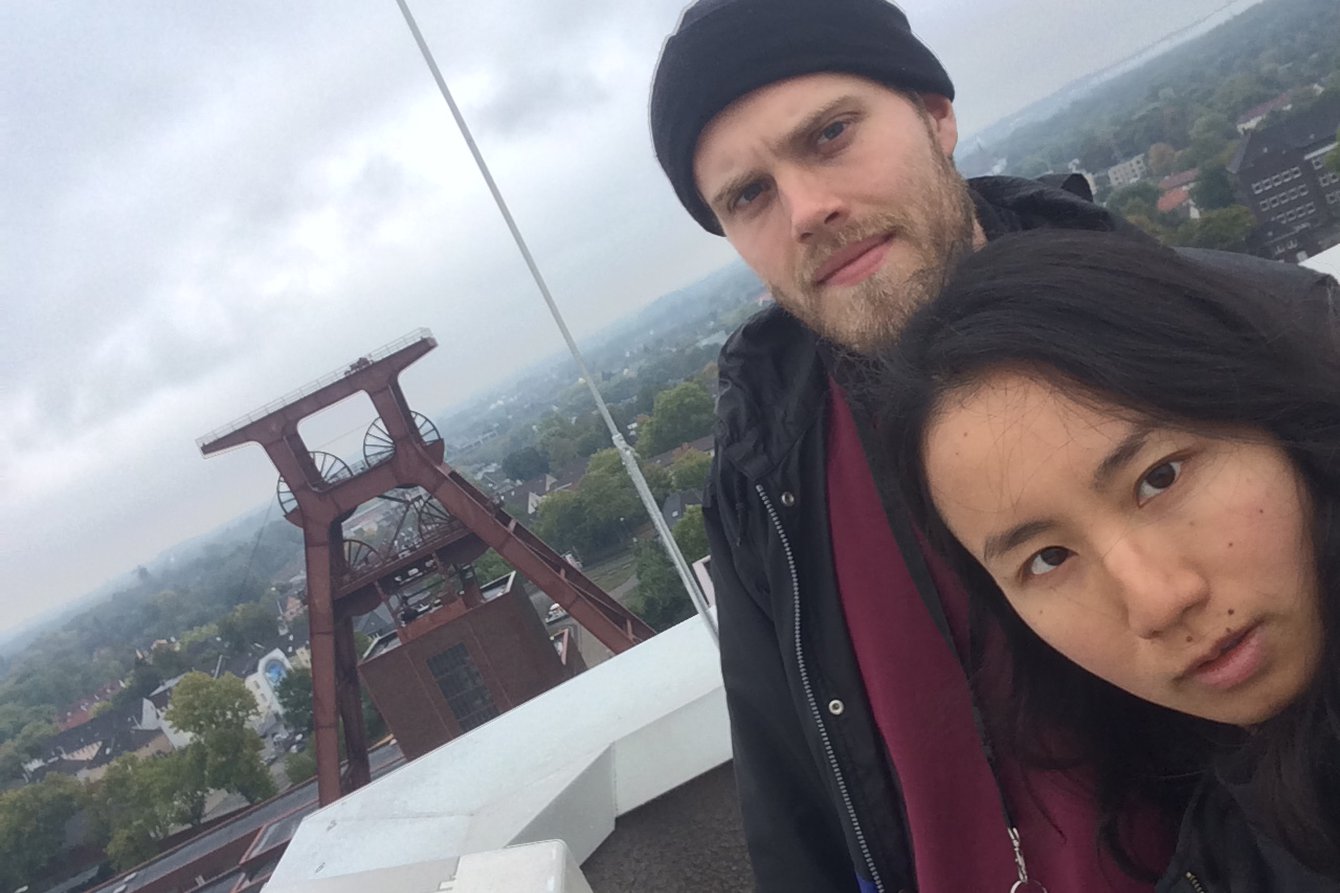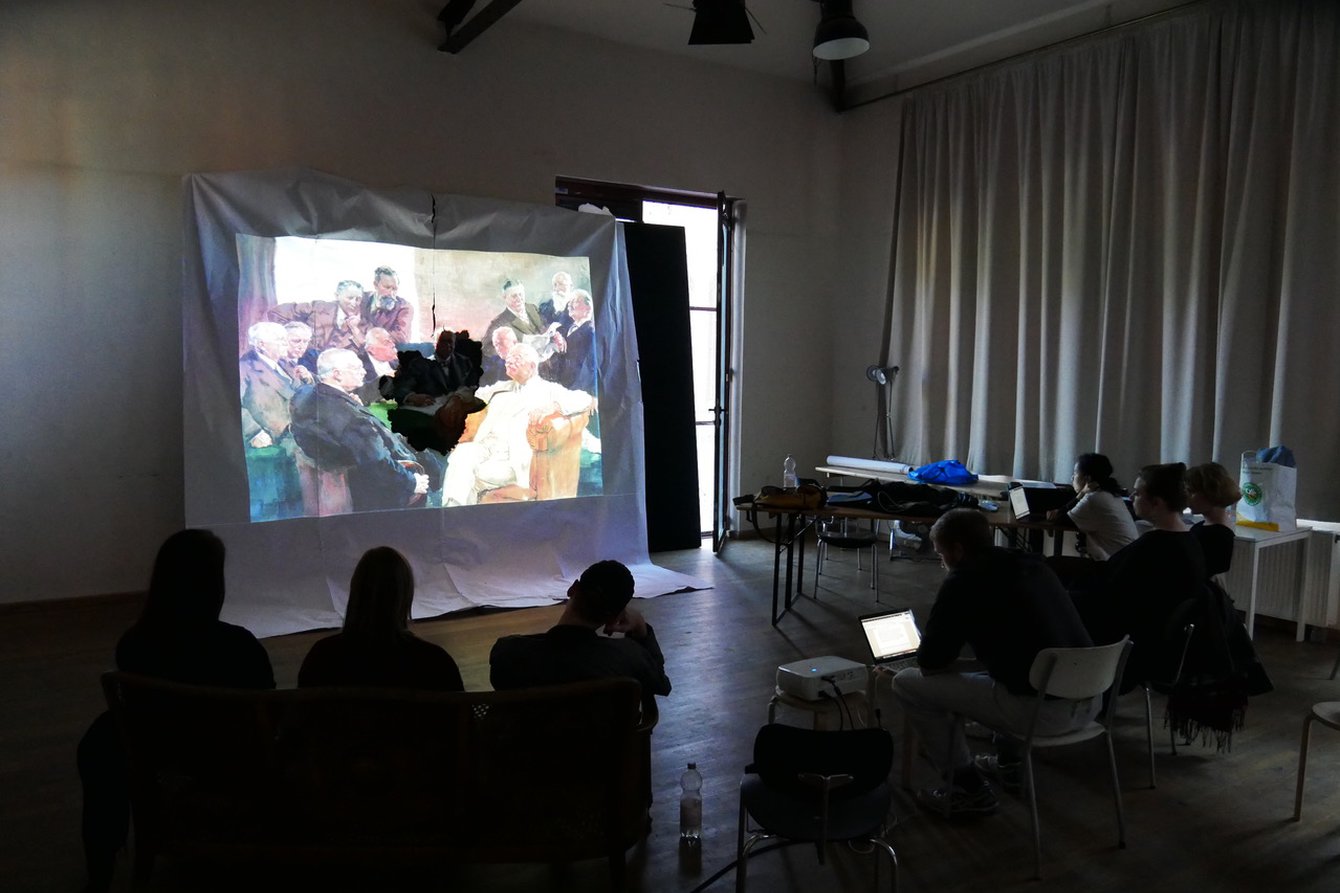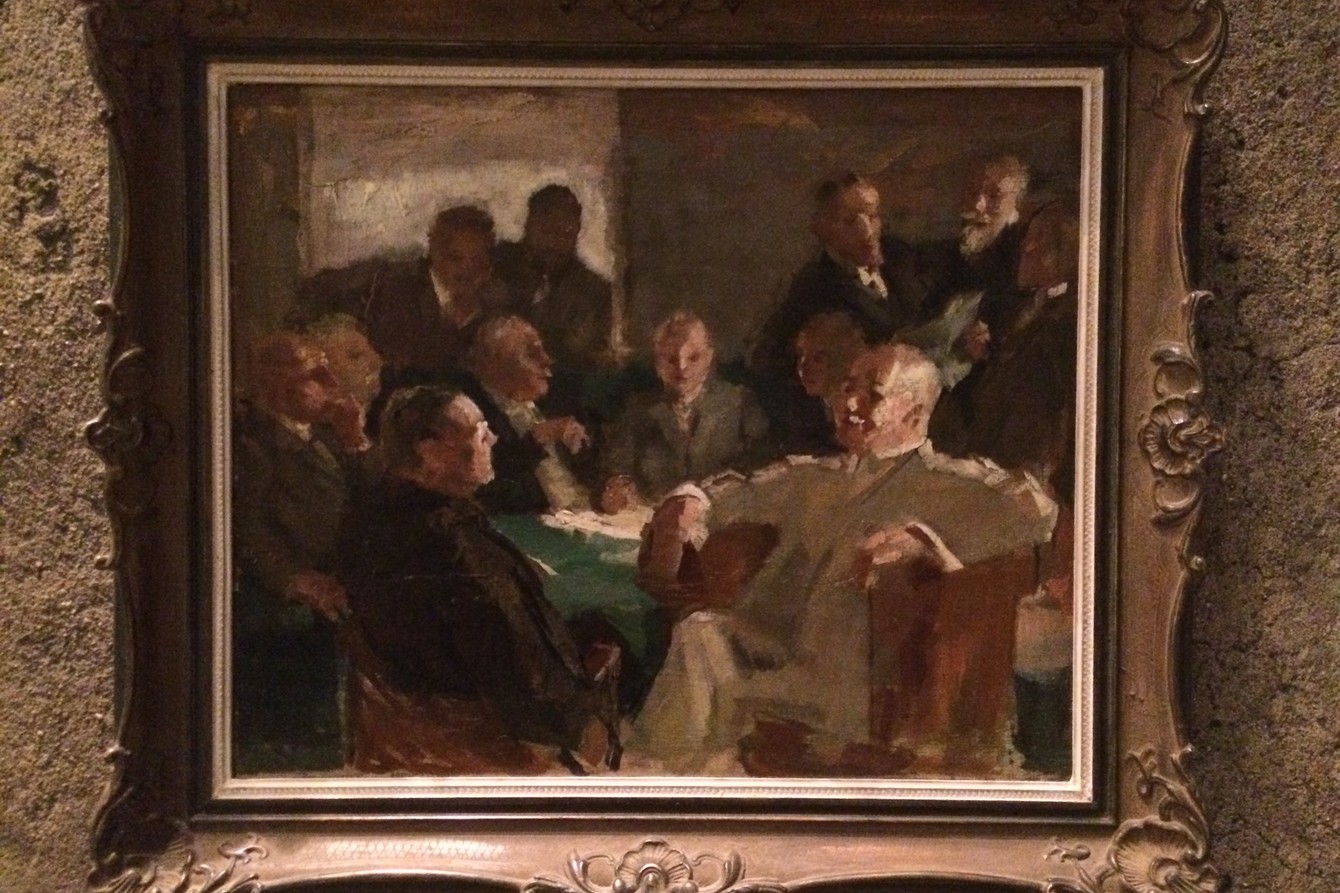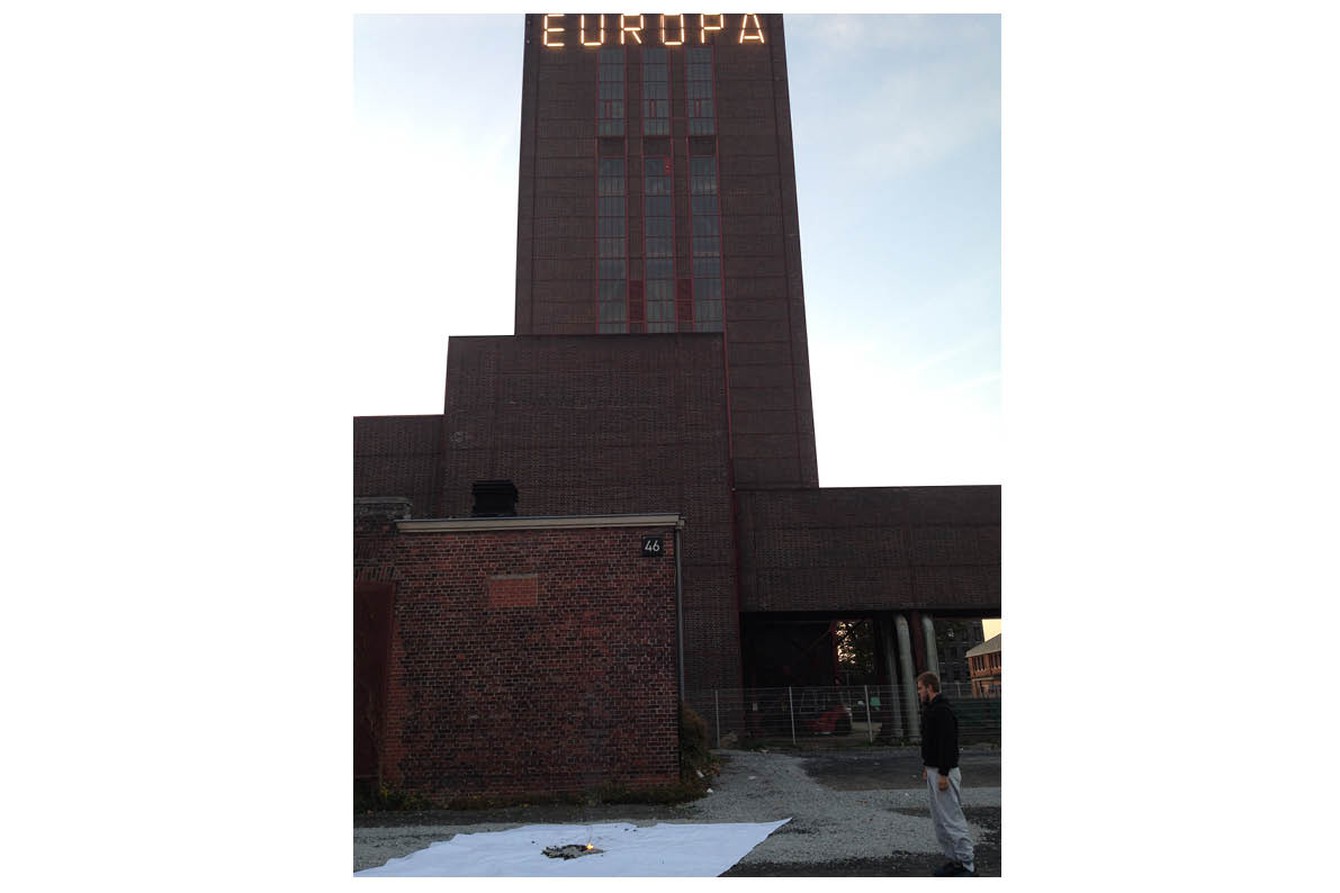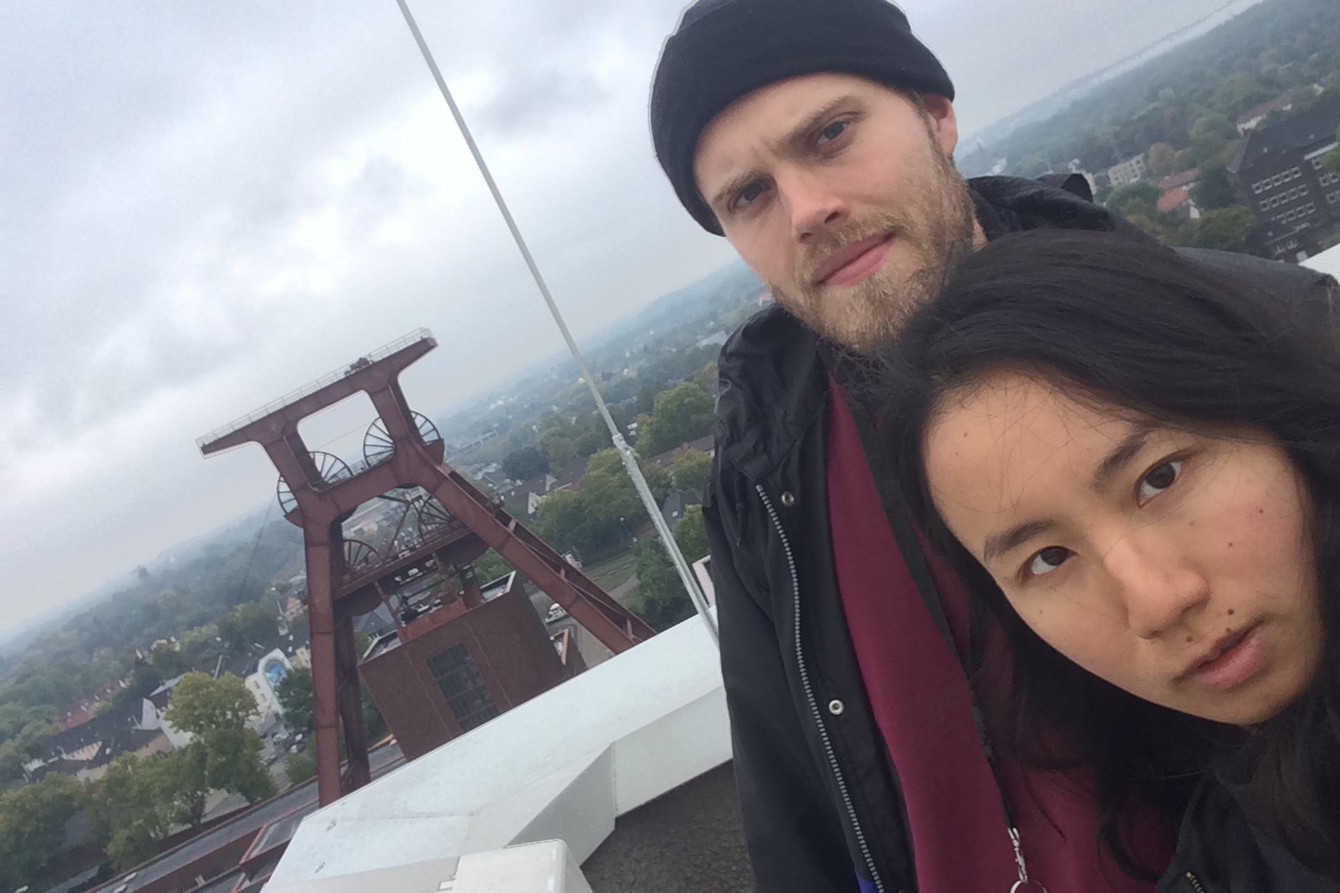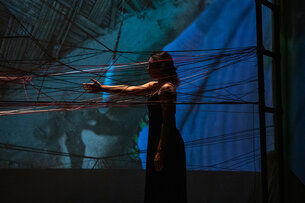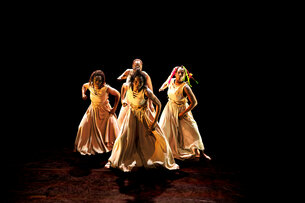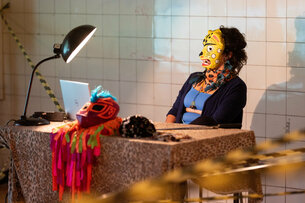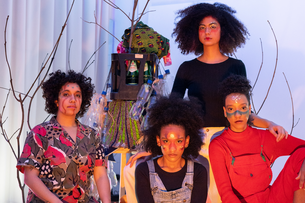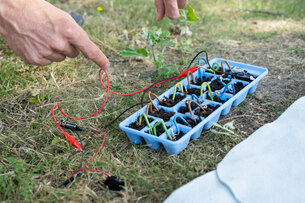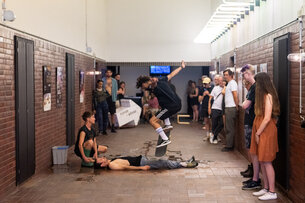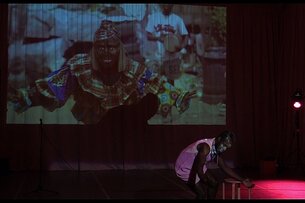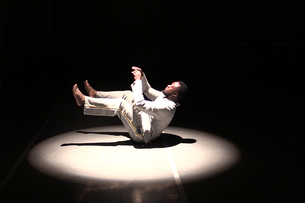#ResidencyInsights
Mizu Sugai & Jonathan Jung
by
PACT
Themes
Residencies
3 questions // Mizu Sugai & Jonathan Jung
1. During your residency at PACT you’re engaging with medially different concepts of brutality as well as current events of resistance using the example of protest camps (e.g. The Hambacher Forest). How did arrive at this topic?
[...] ‘The tunnels are reminiscent of the underground facilities during the Vietnam War,’ quoted by a police representative from Aachen, according to the Rheinische Post. ‘That way we can be attacked out of nowhere. In addition, in the forest also earth holes and weapon depots were found, in which slingshots and Molotov cocktails would be stored.’
On the 9th of September 2018 – ten days before we arrived in Essen for the residency – we found the above quote in an article published by the Rheinische Post. Under the title ›Police Discover Tunnels in Hambacher Forest‹ the article contained a statement which apparently came from an anonymous senior Aachen police officer in reaction to the protest against the evacuation of the Hambacher Forest. All the facts provided were said to be in accordance with police documents. This quote, however, was later renounced by the NRW Police Force on twitter claiming that the quote did not originate from them nor do they know of any tunnel systems at Hambacher Forest.
On the 19th of September – ten days after the article release – a journalist fell from a tree to his death, while the police and RWE were attempting to evict the tree house camp in Hambacher Forest.
Who in the end benefits from this analogy? How did the chief journalist nor the other reporters at the Rheinische Post arrive at such a conclusion when supposedly they haven’t even witnessed the ›tunnel-system‹ themselves? Or was it indeed a de facto statement from the police and if so, did it manifest out of sheer desperation to justify their aggressive evacuation process and the pervasive police surveillance and brutality towards the activists and the protestors?
The hope is that the absurdity and unnecessary brutality of capitalist society will leap out to the people of future generations, the same way that the binary gender system or flatness of the earth seems crazy to us today - Bibi Adamczak
As artists engaged in activism or vice versa, we felt the need to broaden the implication of brutality, in order to foster a comprehensive understanding of the meshes of power structures that feed into the sustainment of it. The disinformation incepted by this incident stood out to us during that time as one of many examples of how the stories of resistance against myriad forms of oppression and systematic disparities continue to be manipulated and distorted, furthering the delegitimization of their cause for direct action by the mainstream media, government officials, law enforcement, and the like. It’s no news that the media itself is blatantly complicit in influencing the masses on deciding who is worthy of receiving care and protection and who isn’t. Consequently, we feel that it is not a far-fetched notion to extrapolate such incidences of media representation as examples of silent instances of brutality, which perpetually nourish the roots of brutality on a systematic and thus physical level.
2. During your residency you are pursuing a site-specific research work: What discoveries have you made in transferring these themes and questions to the local working environment?
One of the impressionable moments and encounters of our stay in Essen was the painting ›The Council of the Gods‹ by Hermann Gröber. A replica of the painting was being displayed in an exhibition called ›The Age of Coal — A European History‹ at Zollverein. This rather unimpressionable painting was hung on the wall next to a small placard crediting its lender, Bayer, and the date it was made – after 1925. Seemingly undermined by many other coal paraphernalia and by-products in the same room, the painting depicted a group of men in suits, who we later found out to be the supervisory committee of the foundation of I.G. Farben in 1925. I.G. Farben was, at that time, becoming the biggest chemical company in the world. The company formed as a coalition of BASF, Bayer, Höchst, and other smaller corporations.
We assumed that a painting made pre-WWII in Germany and commissioned by some of the most influential German industries, cannot possibly be without a sombre history. Upon quick search on their website, it became clear that its involvement in the war during the Third Reich, such as its relation to the production of Zyklon B used in concentration camps, have been consigned to oblivion. It feels like what we are left with is a retrospective glance saturated with nostalgia, at the great adventurous industrial past, which ultimately shaped the identity of this country - of a so-called economically stable Germany. This makes, to put it in Bayer's words, a fascinating story.
Over the past year, we’ve been dealing with the question: on what ground is the national narrative built upon? This question, we believe, can be expanded and reapplied in an effort to investigate the complex history of the Ruhr region – from the Ruhr Red Army organising the biggest armed workers uprising in Germany to the role of the Krupp and Thyssen arms manufacturing during the wars. With the closing of Prosper Haniel – the last hard coal mine in Germany, it appears that the Ruhr region has been abruptly confronted with a blast from the past. What do any of these cultural heritage sites want to communicate and commemorate in regards to our challenging times? What does the end of the era of black diamond imply for those whose livelihood have depended on the coal mining industries for multiple generations? And for the rest of Germany: what does it mean for the recent growth of Green party voters as a reaction to the protests happening at Hambacher Forest, while also seeing an unprecedented rise in AfD voters?
The city of Gelsenkirchen, which we’ve frequented a few times as it’s a quick tram ride away from PACT, has been officially deemed as “the poorest city in Germany”. As the poorer grow poorer without much prospect of a promising future, this christening only puts a damper on the whole situation by re-boosting its stigmatization. On one hand, our one month at PACT had been a struggle to simply catch up on all the historical developments up to the present situation. On the other hand, it further confirmed our belief that in an effort to understand and talk about big topical issues like Neo-Fascism and Neo-Liberalism, just taking one look at a small forgotten city like Gelsenkirchen beats reading any academic texts on the subject.
3. Do you already have an idea how you can continue to work with your research experience and findings?
